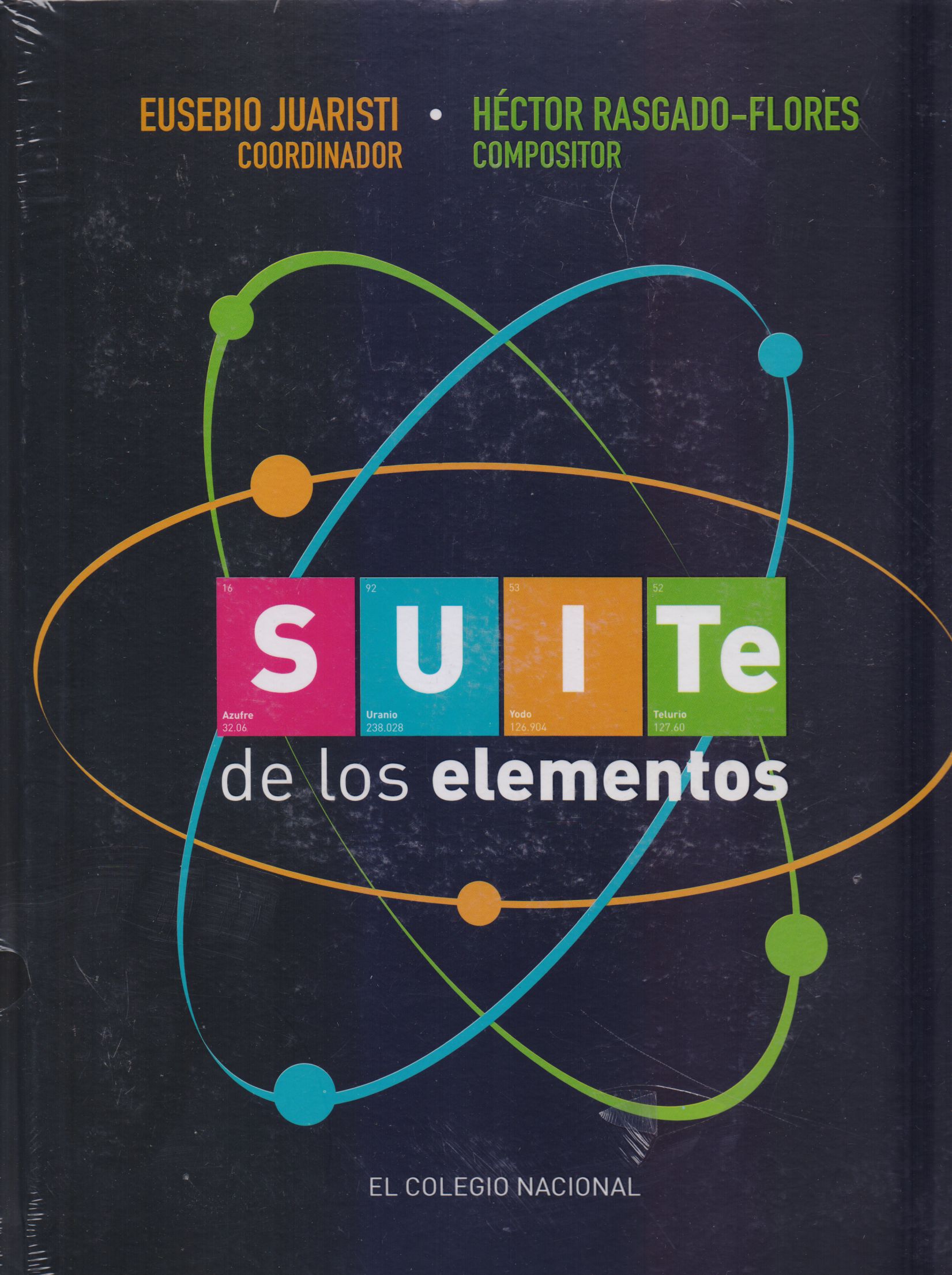Libros relacionados
 |
Génesis de la Desorientación Moderna: una Aproximacióm a la Relación Histórica E Talancón E. , José Luis Universidad Nacional Autonoma de Mexico |
 |
<<planos Geognósticos de los Alpes, la Suiza y el Tirol>> Los: de Carlos de Gimb Parra del Río, María Dolores Doce Calles |


|
Título: Geometry And The Imagination | |
| Autor: Hilbert/ Cohn-Vossen/ | Precio: $624.00 | |
| Editorial: Ams Chelsea Publishing | Año: 1991 | |
| Tema: Ciencia, Geometria, Pensamiento | Edición: 2ª | |
| Sinopsis | ISBN: 9780821819982 | |
| The leading mathematician of the 20th century, David Hilbert liked to quote "an old French mathematician" saying "A mathematical theory should not be considered complete until you have made it so clear that you can explain it to the first man you meet on the street". By that standard, this book by Hilbert was the first to complete several branches of geometry: for example, plane projective geometry and projective duality, regular polyhedra in 4 dimensions, elliptic and hyperbolic non-Euclidean geometries, topology of surfaces, curves in space, Gaussian curvature of surfaces (esp. that fact that you cannot bend a sphere without stretching some part of it, but you can if there is just one hole however small), and how lattices in the plane relate to number theory.
It is beautiful geometry, beautifully described. Besides the relatively recent topics he handles classics like conic sections, ruled surfaces, crystal groups, and 3 dimensional polyhedra. In line with Hilbert's thinking, the results and the descriptions are beautiful because they are so clear. More than that, this book is an accessible look at how Hilbert saw mathematics. In the preface he denounces "the superstition that mathematics is but a continuation ... of juggling with numbers". Ironically, some people today will tell you Hilbert thought math was precisely juggling with formal symbols. That is a misunderstanding of Hilbert's logical strategy of "formalism" which he created to avoid various criticisms of set theory. This book is the only written work where Hilbert actually applied that strategy by dividing proofs up into intuitive and infinitary/set-theoretic parts. Alongside many thoroughly intuitive proofs, Hilbert gives several extensively intuitive proofs which also require detailed calculation with the infinite sets of real of complex numbers. In those cases Hilbert says "we would use analysis to show ..." and then he wraps up the proof without actually giving the analytic part. |
||
Librería Bonilla SA de CV © Todos los derechos reservados. 2019
Última actualización: Jul 2019






